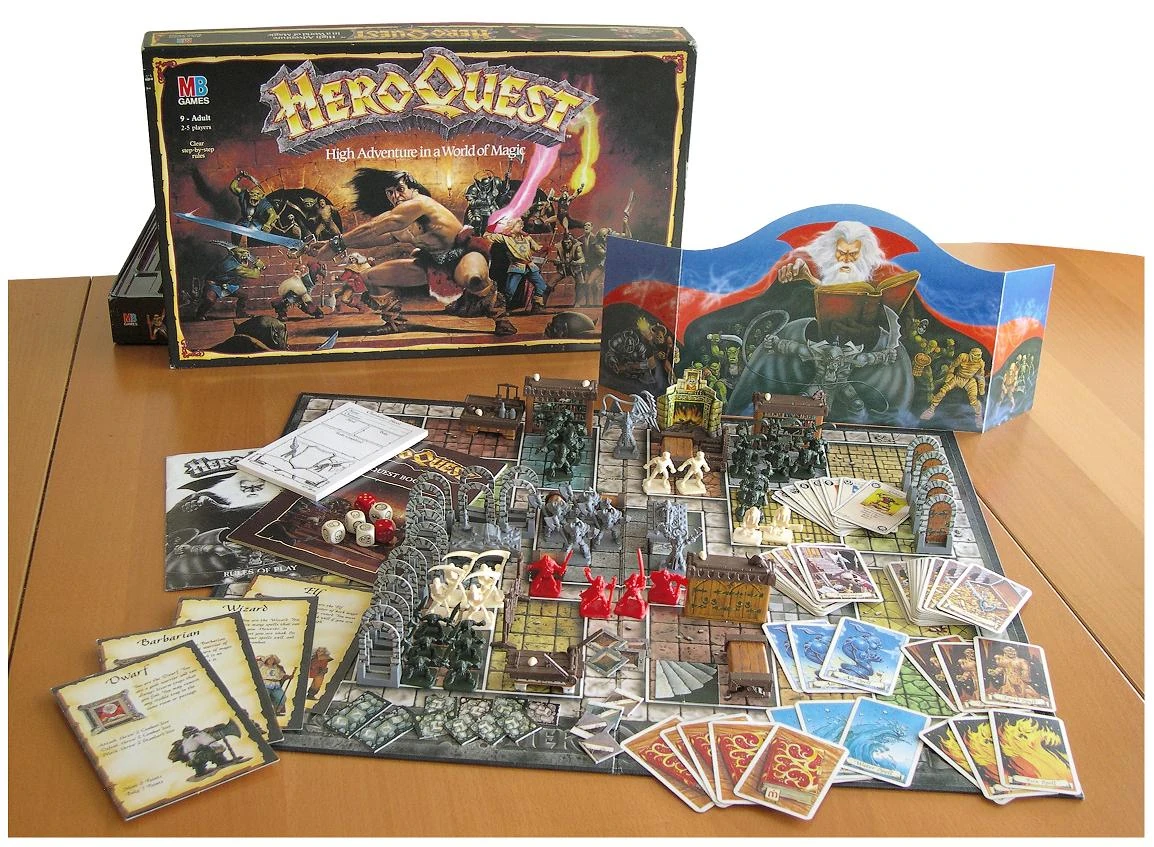Barbie, the iconic fashion doll that has been a staple in many children's toy boxes since 1959, has evolved into a collector's dream. With a rich history and a wide variety of models, Barbie dolls have become valuable collectibles, with some rare pieces fetching impressive prices at auctions.
The Allure of Collector Barbies
The world of Barbie collecting is vast and varied. From the first-ever Barbie doll, known as Barbie No. 1, to limited-edition models, each Barbie doll has a unique story to tell. The original Barbie No. 1, released in 1959, is considered the holy grail of Barbie collectibles. This doll, with its distinct look and deep profile, can easily fetch prices upwards of $10,000, and a Barbie No. 1 in mint condition is currently listed on eBay for $25,000 source.


Barbie's Big Screen Debut
The recent release of the new Barbie movie has stirred up even more interest in these beloved dolls. The film, directed by Greta Gerwig and starring Margot Robbie as Barbie and Ryan Gosling as Ken, explores Barbie's journey from her idyllic life in Barbie Land to the real world. The movie has been praised by critics and is rated PG-13, making it a hit with older audiences who grew up with Barbie. The film's success has added to the surge in the market for Barbie dolls.
The Value of Collector Barbies
The value of a Barbie doll can vary greatly depending on its condition, rarity, and the market demand. For instance, a Barbie No. 1 in mint condition with all the original items – the box, black stand, sunglasses, shoes, brochure, and zebra-striped swimsuit – can command a higher price. Interestingly, the original packaging can sometimes damage the doll over time due to its acidic nature, but collectors still prefer a Barbie in its original box.
The Rarity Factor
Certain Barbie dolls are more sought after due to their rarity. For example, red-headed Barbie No. 1s are known to exist, and one was once sold for $50,000. Another rare find is a salesman's Barbie sample case dating from the doll's early years. It's believed that only two or three of these exist, and if one surfaced, it could potentially fetch up to $1 million.

The Barbie Market Today
The market for Barbie dolls is currently soaring, with prices for Barbie No. 1s that were $10,000 just a few months ago now selling in the $15,000-$25,000 range. This surge in prices is largely due to the recent release of the new Barbie movie. However, even after the fervor for the film dies down, the iconic appeal of Barbie dolls is expected to keep their value high.
Affordable Alternatives
For those who are interested in Barbie collecting but are looking for more affordable options, Barbie No. 3, a very early model, is a good choice. These dolls can be found between $1,000 and $3,000. Additionally, iconic Barbies from the 1990s and 2000s are currently selling for between $50 and $150 and have the potential to appreciate in value.
Collecting Barbies is not just about nostalgia; it's about owning a piece of history. Whether you're a seasoned collector or just starting, the world of Barbie offers a treasure trove of opportunities. So, the next time you come across a Barbie doll at a thrift shop or garage sale, take a closer look – you might just have found a valuable collector's item!
Think you have a rare Barbie, or just want to keep your Barbies safe for years to come? Get these clear storage cases found on Amazon! Large Case: Link Small Case: Link
.png)



